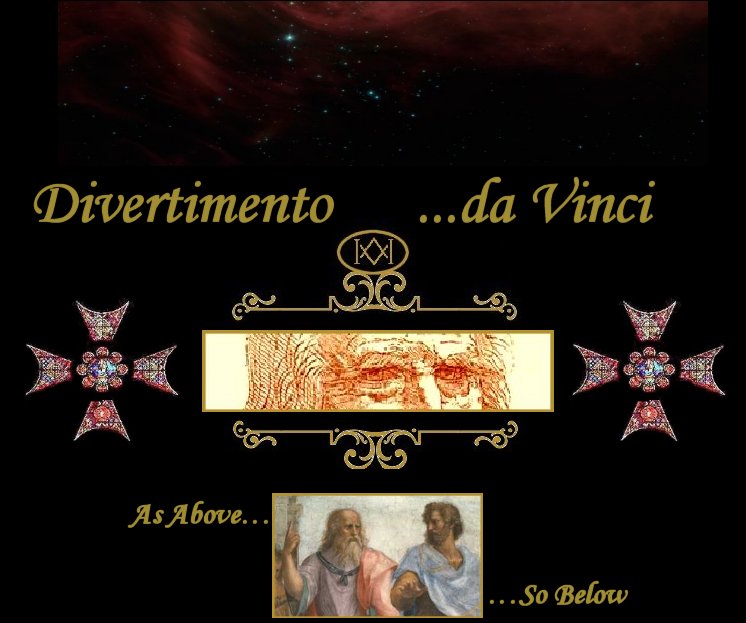“Art is anything you can get away with.”
Marshall McLuhan
Posted By Lyla Torricelli (If you wish to reproduce this story elsewhere, please mention Divertimento da Vinci or include its title graphic.)
Greetings all!
Here’s a curious story that’s popping up on the web in the wake of the recent world news item based on Leonardo’s Virgin and Child with St. Anne and St. John the Baptist, also known as the Burlington House Cartoon and housed at the London National Gallery.


Leonardo drew three seemingly inexplicable details here, which have been mentioned by some who have commented so far:
1. The greatly disproportionate thickness of Baby Jesus’ left wrist. We all look to Leonardo as the master of human proportions.
2. The heavy veins that seem totally out of place on any baby’s arm, but are a standard part of penis anatomy.
3. The otherwise naked left wrist, which clearly appears to have a surrounding ‘frill’….that’s kind of obvious too.
What do you see in this striking detail from the Virgin and Child with St. Anne and St. John the Baptist, which I and many others consider one of the loveliest drawings of all time? If you do see something unusual, what might it say about Leonardo, the art world’s incomparable man of mystery?
We do know that Leonardo was a bit mischievous and certainly brilliant enough to turn anything into anything else. He was also fascinated with the anatomy and function of this organ and left us various sketches of it, including the androgyne Angel in the Flesh, in which someone has clearly tried to erase the “Angel’s” offending private part:
Second Question: To What Extent Does Context Determine What Our Minds Tells Us We Are Seeing?

Do I see a cat or a boot? Immanuel Kant used this classic epistemological dilemma as a jumping off point for his philosophical elaborations. It conjures up an instant of perceptual ambiguity when we think we might be seeing a cat in a darkened corner. Upon closer inspection and under better illumination, it might turn out not to be a cat at all but a boot.
However, in that instant just before positive recognition, the mind must often make a processing choice of what to tell us is there. This point of cognitive uncertainty can easily be manipulated by a talented artist, and might particularly appeal to one like Leonardo, who delighted in playing games and creating puzzles.
But what does it all mean?
When it comes to the incomparable Leonardo, the answers seem to get a bit complex. Here’s one almost too easy possibility. Looking at this image, we might recall Sigmund Freud’s psychoanalytic interpretation of a childhood recollection that Leonardo wrote down himself. It has become well known as Leonardo’s homoerotic fantasy of the vulture’s tail.
Freud pointed out that the male organ appears to correspond psychoanalytically as well as linguistically (“coda” in Italian) to this fantasy of a large bird’s tail which in his own account quite purposefully encroaches upon young Leonardo’s mouth.
Let’s be clear that it was Leonardo himself (not Freud) who described his own infantile fantasy of being approached by a large bird (“nibbio”, kite, hawk, etc., rather than a vulture as Freud labeled it) and that the nibbio tried repeatedly to thrust its coda (tail, penis) into his mouth.
Since ancient times, it had been noted that such birds and most others appear to mate by rubbing tails, sometimes in the air. Almost all bird species lack a penis, and typically transfer sperm by briefly joining cloacae. This led to the classical concept that all nibbios were fully reproducing females, i.e. androgynes that could use their tails in place of intromittent organs of fertilization. (So it’s way back there that the tail eventually becomes a surrogate “penis,” and a female one at that.) This erroneous view of bird sexuality even played a part in Church doctrine.
Freud missed seeing this alleged Leonardo penis, but would probably have swallowed his cigar had he spotted it. It surely would have been exactly what Freud was looking for to vindicate his embattled psychoanalysis of Leonardo with its unfortunate but ultimately irrelevant species error.
Taken one layer deeper, as it certainly was by Freud, we might arrive at an occult reference in the artist’s larger composition to the bird headed Egyptian goddess Mut. This iconic androgyne mother goddess, apparently familiar to classically minded Renaissance intellectuals, has been at times represented both with breasts and an erect penis, much like Leonardo's Angel In The Flesh. (A “bird” shape in the dark fabric folds had already been surmised to be hidden in Leonardo’s painting The Virgin and Child with St. Anne, but it could just as easily be dreamed up in the folds of the Burlington House Cartoon.)
We can easily observe for ourselves Leonardo’s fondness for androgyne images, a staple incidentally, of the classically minded Hermetic occult. He also revered, and possibly identified with, the figure of St. John the Baptist, depicted in this sketch with the dreamy innocence of childhood. Might this be a reference, hidden in plane sight, to Leonardo’s own infantile homoerotic fantasy?
If you checked the link above, you read a very different opinion relating to Hermeticism, and Johannite Gnosticism in the interpretation of Leonardo’s Burlington House sketch. Think of a complex and highly distractible genius laboring over a piece of work about which he might have mixed feelings. Many quirky notions might easily arise and jointly find expression as he labors and also doodles his way toward a result.
Sigmund Freud is certainly entitled to his opinion of Leonardo’s psyche and symbolism…and so are you and I!
